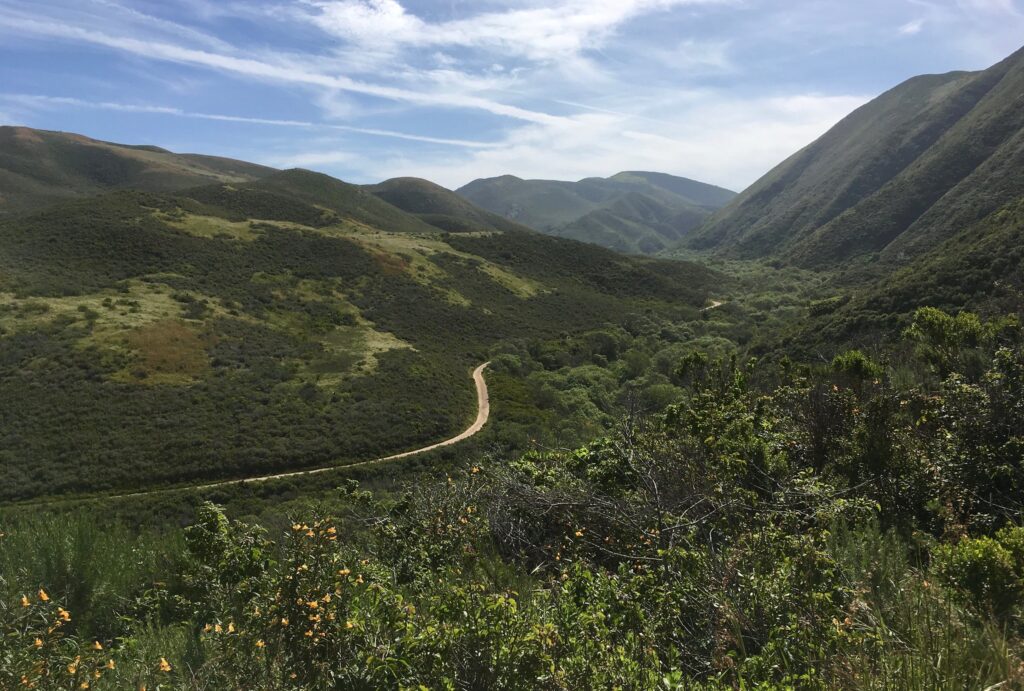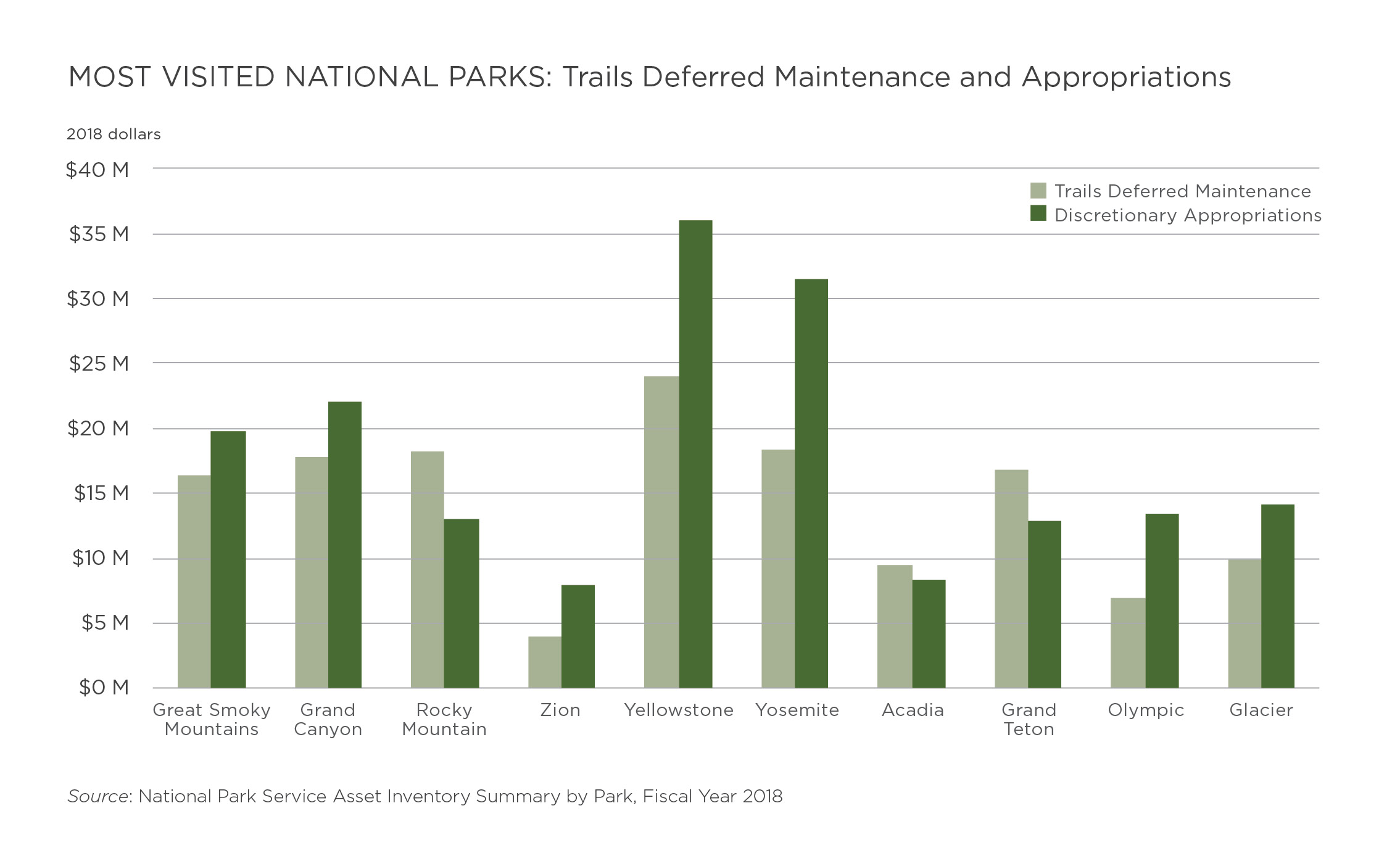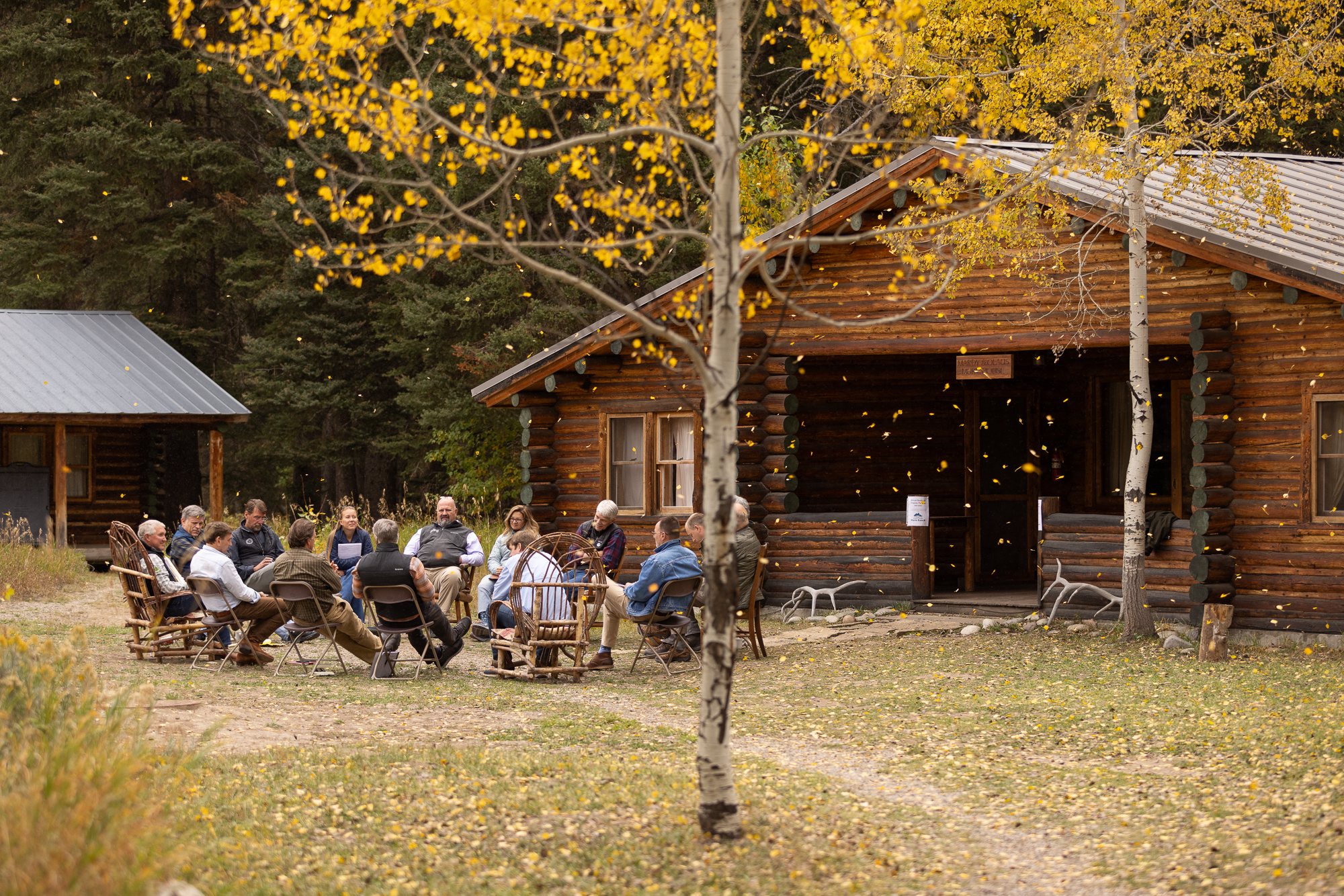
This piece was originally published in Deseret News.
Today, thousands of Americans will contribute their time, effort, and sweat on projects to improve trails to mark National Trails Day. The help will be much appreciated.
Countless trail systems at national parks, national forests, and other public recreation lands across the country are in disrepair. For instance, the National Park Service has reported that one-third of its more than 18,000 miles of trails are in “poor” or “seriously deficient” condition. And taken together, national parks and forests cumulatively face three-quarters of a billion dollars in overdue trail repairs.
But there are a few trends that give cause for optimism. Record numbers of Americans are visiting public lands and recreating outdoors. While increased visitation stresses capacity, it also represents an opportunity for hikers to put their money where their footprints are and help fund public lands directly.
Philanthropic donations and volunteer hours already do a lot of good on public lands. The National Park Service has raised more than $100 million from partners through its Centennial Challenge, and standard donations to the agency totaled $47 million in 2018.
On National Trails Day last year, 108,000 volunteers donated the equivalent of $2.7 million of labor to build, improve, or clean nearly 4,000 trail miles across the country. At Great Smoky Mountains National Park, volunteer groups routinely maintain high-priority trails and have helped reduce the park’s trail maintenance by $1 million. While these gifts shouldn’t be discounted, they haven’t kept up with the overall need.

The U.S. Forest Service manages an estimated 158,000 miles of trails that are collectively in need of $279 million in repairs. Yet if each of the 148 million annual recreation visits to national forests generated an additional $2—roughly the price of a cup of coffee—then the resulting revenue could wipe out the backlog in a year.
Surging visitation is part of the problem—more visitors means more stress on trails like those to Angels Landing or Delicate Arch. But it also presents an opportunity to provide the resources needed to care for public recreation lands properly. Plenty of hikers would be willing to pay a little extra per visit if they knew it would be dedicated to upkeep and improvement of national parks or forests. In fact, recreation fees largely function this way already—revenues are mostly retained and reinvested at the park or forest that collected them.
Expanding the use of recreation fees and giving public land managers more flexibility in using the revenues they collect could go a long way toward helping maintain trails that are becoming more congested and strained. Trail enthusiasts could also consider taking a page out of the playbook of hunters and anglers, who generate billions of dollars in annual funding dedicated to conservation and recreation. The money comes from sources linked directly to demand for recreation: sales of hunting and fishing licenses and excise taxes on gear used for those activities.
The Outdoor Foundation reports that 45 million Americans participated in a hiking outing last year, a 50 percent increase from 10 years ago. If that enthusiasm can be channeled into dedicated funds to care for trails, then hikers, bikers, and anyone else who enjoys public trails will have even more reason to cheer on future Trails Days.



